Local author and wildlife enthusiast Steve Wright provides his recommendations for exploring the Manx countryside during spring/summer;
For a small island, the Isle of Man has an exceptional diversity of habitats and wildlife, and I’ve divided my recommendations into six areas. These locations are worth visiting all year round, but my top tips are based on wildlife sightings in either May or June.
North
At the Island’s northern tip there’s a large shingle beach called The Point of Ayre. It’s the perfect place to stand and watch gannets and terns plunge diving for small fish, at such close proximity you can hear them SMACK into the sea’s surface. Further out you might see rafts of kittiwakes and eider ducks, while Manx shearwaters jink above the waves. Stretching along the northwest coast is The Ayres National Nature Reserve and Discovery Centre, a habitat of maritime heathland which has some rare plant and insect life. At Ballaghennie there’s a visitors centre with a ‘Recent Sightings Board’ - check out what’s about! The nearby viewing platform provides 360° views across the reserve and coast (on a clear day you’ll even see Scotland).
 Continue south to the Ballaugh Curraghs – a wetland habitat of gnarly willows, orchid meadows and wild wallabies (the nearby Curraghs Wildlife Park opened in the 1960s, and afterwards a small number of wallabies escaped and flourished; their numbers are now estimated to be over 500).
Continue south to the Ballaugh Curraghs – a wetland habitat of gnarly willows, orchid meadows and wild wallabies (the nearby Curraghs Wildlife Park opened in the 1960s, and afterwards a small number of wallabies escaped and flourished; their numbers are now estimated to be over 500).
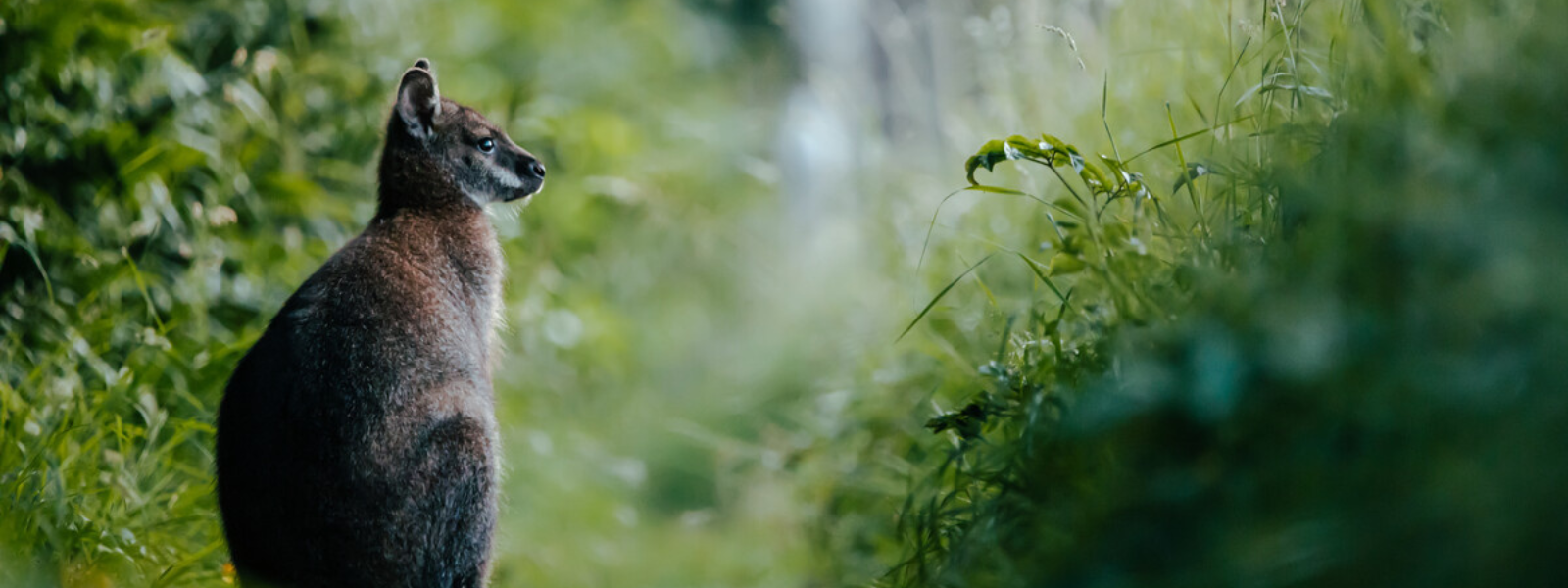
East
South of Douglas is Marine Drive – accessible by car, this winding stretch of coastal road continues until you reach a section which collapsed into the sea in the 1970s. Your height above the sea will help you spot Risso's dolphins. It’s also a dwelling for acrobatic crows which have a curved beak and red legs; chough.
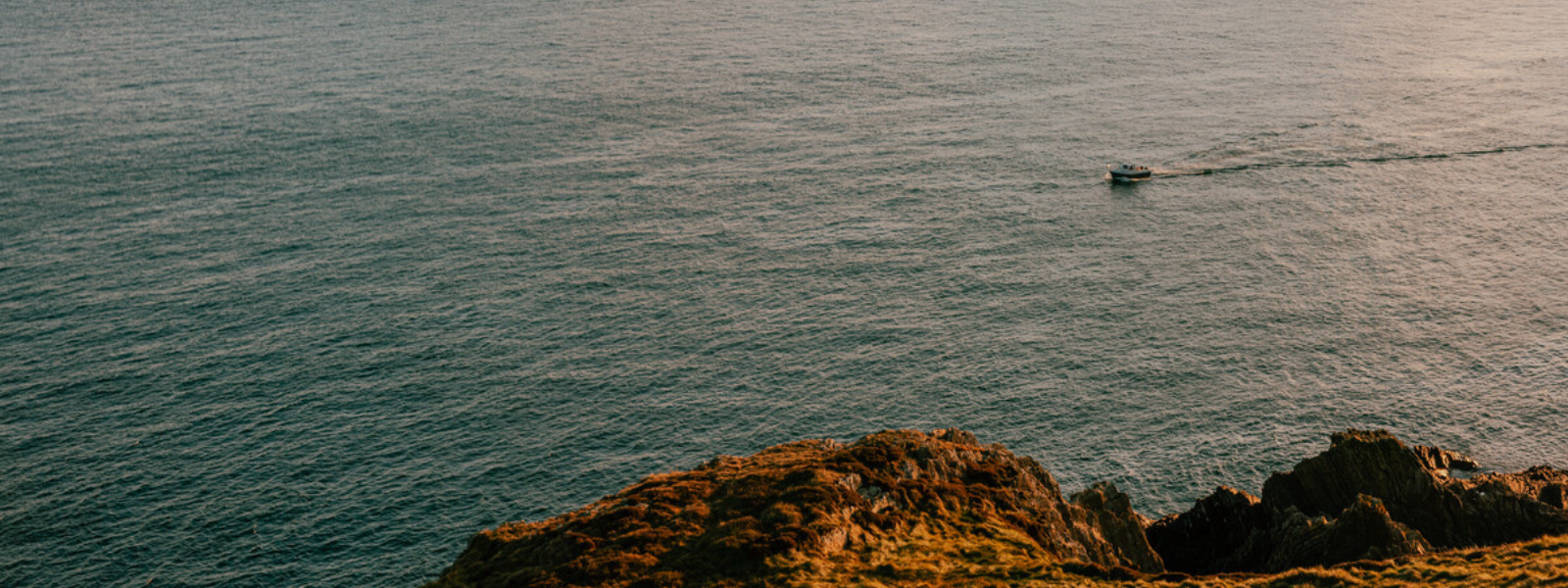 North of Laxey are two lovely glens; Dhoon & Ballaglass (a bluebell bonanza in May). After enjoying the lushness of the woodlands, continue north to Maughold. There’s free parking and toilet facilities. From here you can stroll through the historically important Kirk Maughold churchyard to Maughold Head Lighthouse. Keep a look out for peregrines and ravens above, while below at sea level you might spot razorbills, seals and fulmar.
North of Laxey are two lovely glens; Dhoon & Ballaglass (a bluebell bonanza in May). After enjoying the lushness of the woodlands, continue north to Maughold. There’s free parking and toilet facilities. From here you can stroll through the historically important Kirk Maughold churchyard to Maughold Head Lighthouse. Keep a look out for peregrines and ravens above, while below at sea level you might spot razorbills, seals and fulmar.
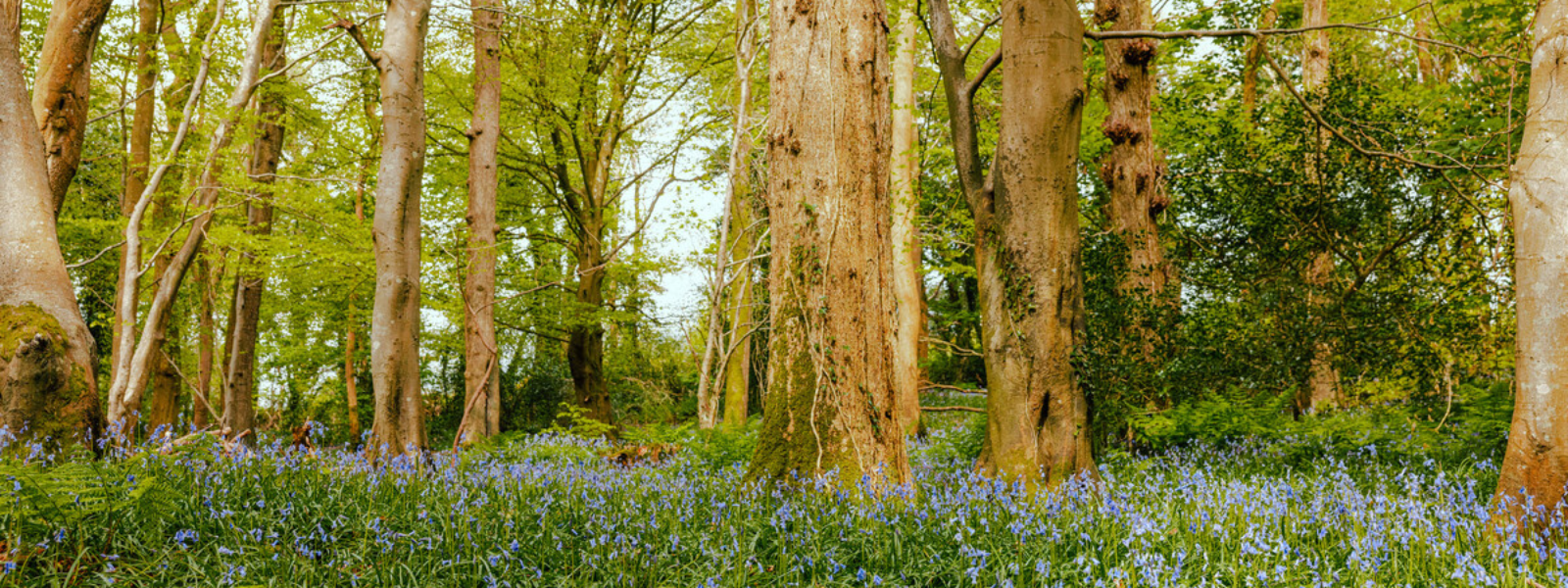
Central
Our central hills are home to hen harriers, often seen flying low over the moorlands as they hunt. There are some exhilarating footpaths through the middle of the Island, including the Millennium Way and Herring Way. The Island has hundreds of rights of way; including paths which take you to the top of the highest peaks – I’d recommend Beinn-y-Phott, North Barrule and South Barrule (which has an Iron Age Hill Fort). While on your wilderness walk, look out for mountain hares and ravens. If you prefer something less physically demanding - take the Snaefell Mountain Railway to the Island’s highest peak.
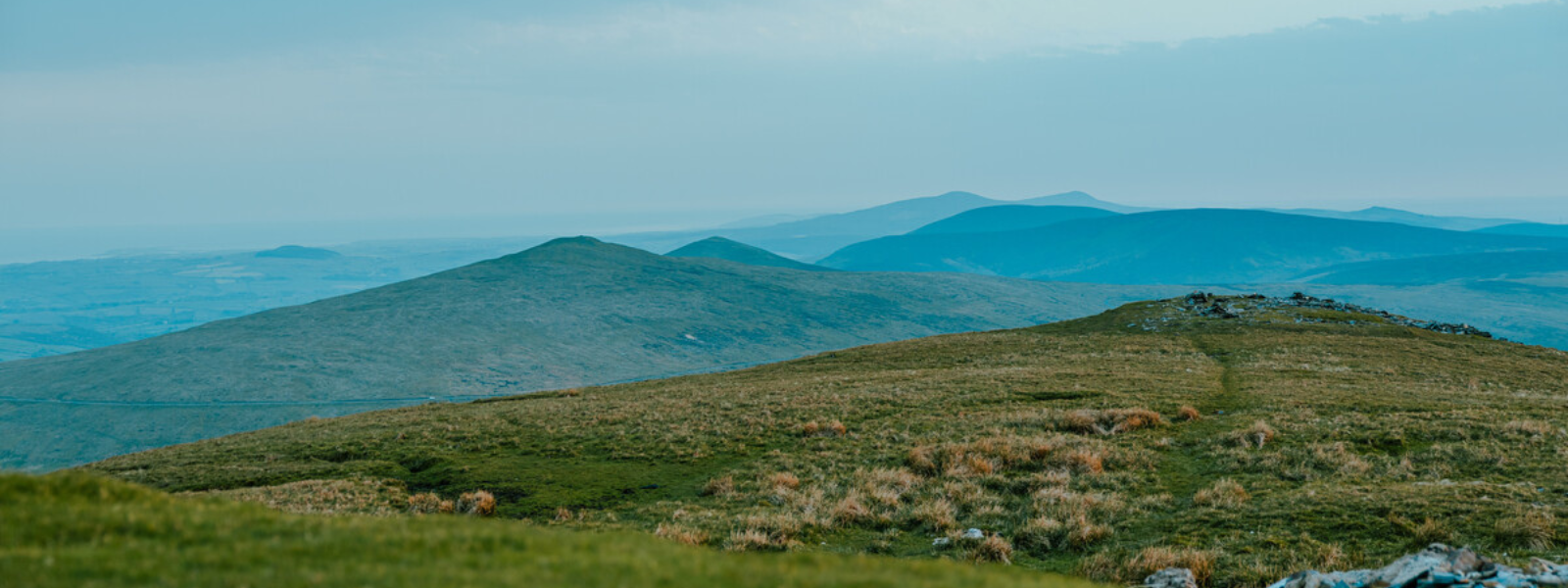
South East
If travelling south from Douglas you could enjoy the glorious Manx countryside while on the Isle of Man Steam Railway. Outside Castletown there’s a peninsular called Langness with coastal footpaths and blanketed flowers, including spring squil, sea campion and thrift. It’s also a hotspot for dolphins, seals and porpoises.
 Nearby is Silverdale Glen - listen to singing blackcaps while immersing yourself in woodland flowers. If you have an interest in geology, then Scarlett’s volcanic rocks are worth exploring. It’s on the Raad ny Foillan footpath, which provides access to most of the Island’s coastline. Follow this coastal path towards Poyll Vaaish and you could see shelduck, oystercatchers and tree sparrows…. and if you continue further west towards Port St Mary you’ll also find a pub!
Nearby is Silverdale Glen - listen to singing blackcaps while immersing yourself in woodland flowers. If you have an interest in geology, then Scarlett’s volcanic rocks are worth exploring. It’s on the Raad ny Foillan footpath, which provides access to most of the Island’s coastline. Follow this coastal path towards Poyll Vaaish and you could see shelduck, oystercatchers and tree sparrows…. and if you continue further west towards Port St Mary you’ll also find a pub!
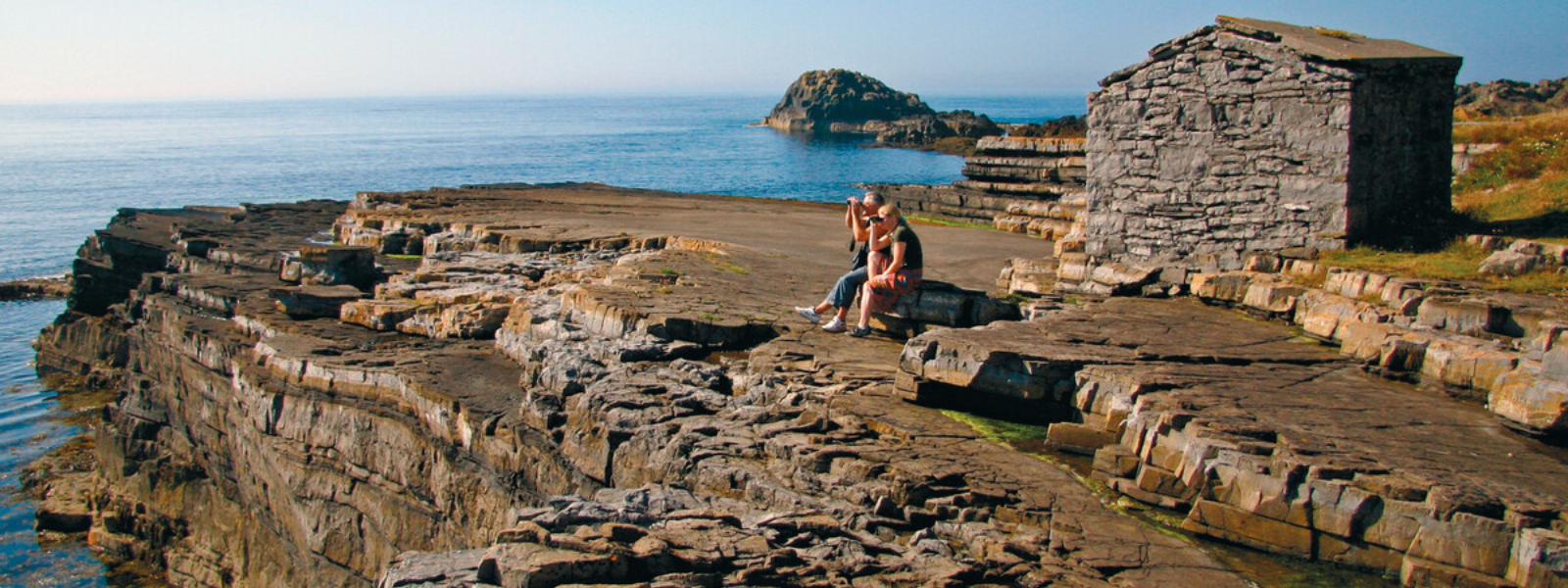
South West
My favourite stretch of coastline is between Port St Mary and Port Erin; because of the wildlife and incredible scenery. Sugarloaf is a nesting place for hundreds of guillemots and kittiwakes. You could stop for lunch at The Sound while observing the Atlantic grey seals basking on Kitterland.
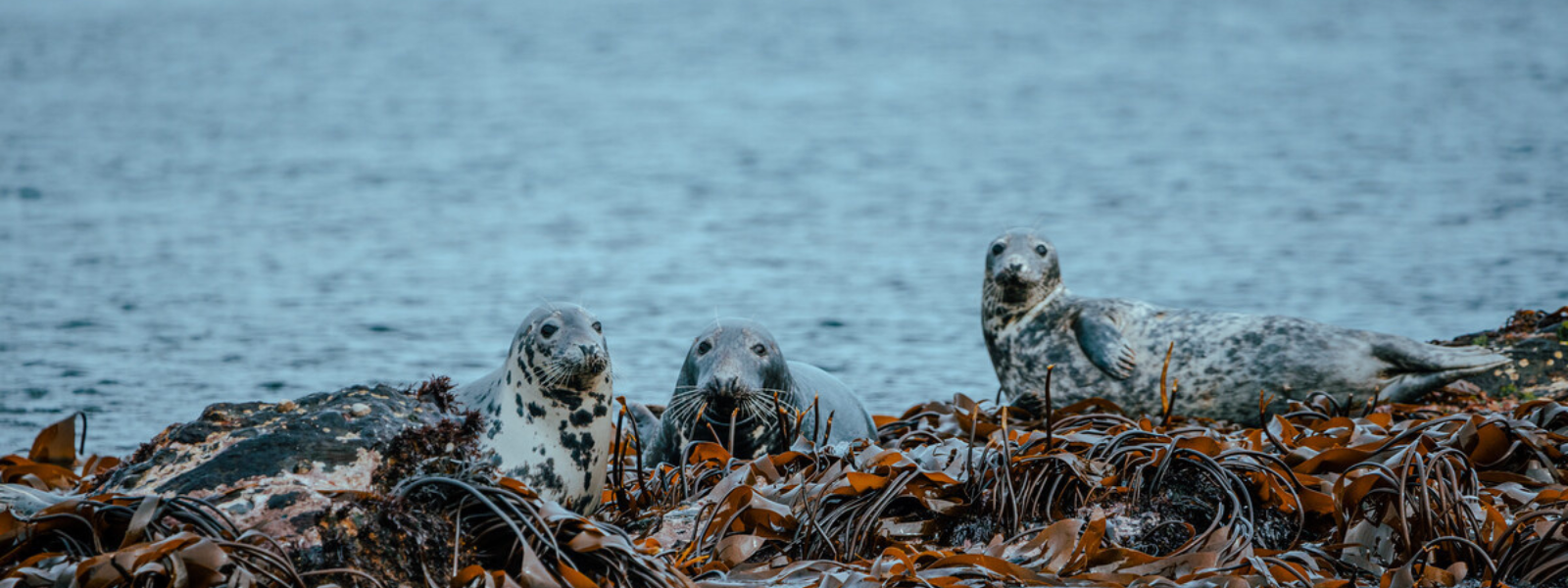 If you continue towards Port Erin; stop regularly to keep an eye out for dolphins, basking sharks and seabirds. Throughout this walk you’ll be aware of the Calf of Man to the south – this offshore wildlife haven can be reached by boat – there are several tour operators and I’d recommend pre-booking, because getting there is dependent on the weather and the tide.
If you continue towards Port Erin; stop regularly to keep an eye out for dolphins, basking sharks and seabirds. Throughout this walk you’ll be aware of the Calf of Man to the south – this offshore wildlife haven can be reached by boat – there are several tour operators and I’d recommend pre-booking, because getting there is dependent on the weather and the tide.

West
I've saved one of the most magnificent coastlines until last - for history and culture, west is often best. Even in bad weather, Peel Castle is a lovely location to visit (because you can shelter from the wind and rain behind the ramparts). Recently a pair of bottlenose dolphins have resided in this area and locals have named them Moonlight and Starlight. Inside the marina, look out for the black guillemots which nest in the holes along the harbour walls.
.png) There are two exceptional beauty spots south of Peel, first is Glen Maye, with its waterfall and weaving stream (if you study the freshwater you’ve a chance of spotting a trout). Afterwards, continue to Niarbyl for the picturesque cottages and vistas. There’s a long white beach just a short walk south.
There are two exceptional beauty spots south of Peel, first is Glen Maye, with its waterfall and weaving stream (if you study the freshwater you’ve a chance of spotting a trout). Afterwards, continue to Niarbyl for the picturesque cottages and vistas. There’s a long white beach just a short walk south.
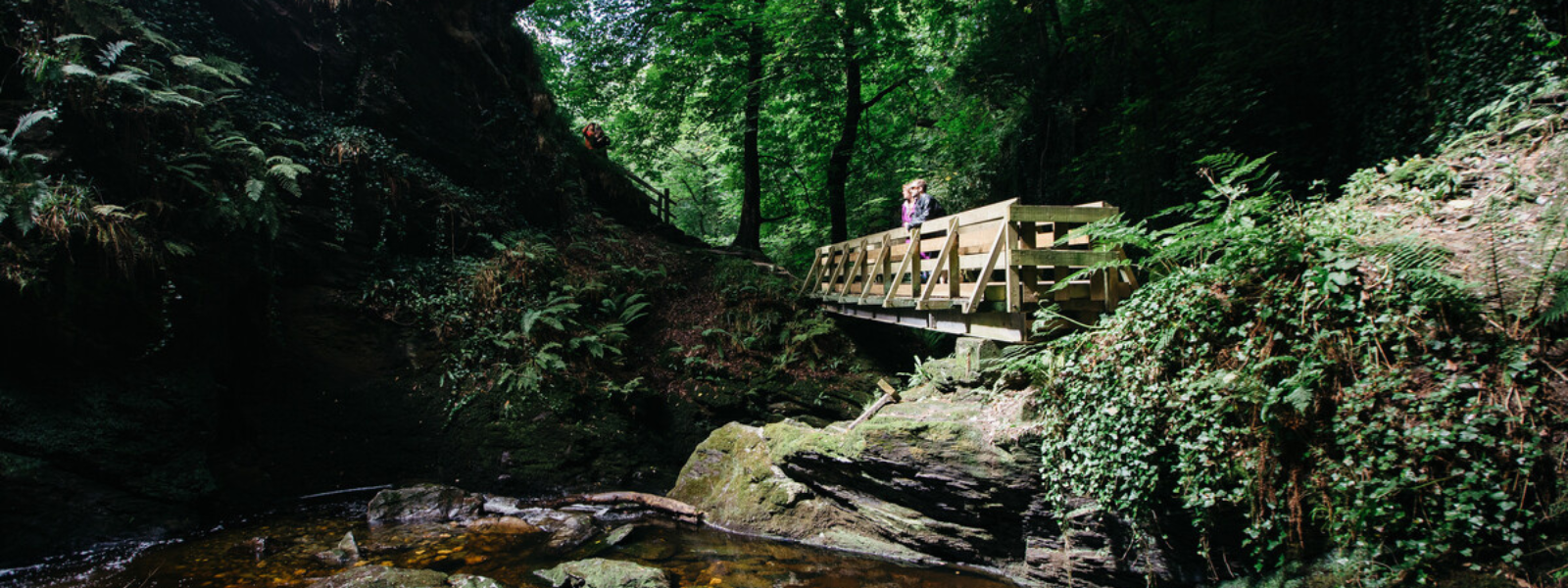






Comments
Comments are disabled for this post.